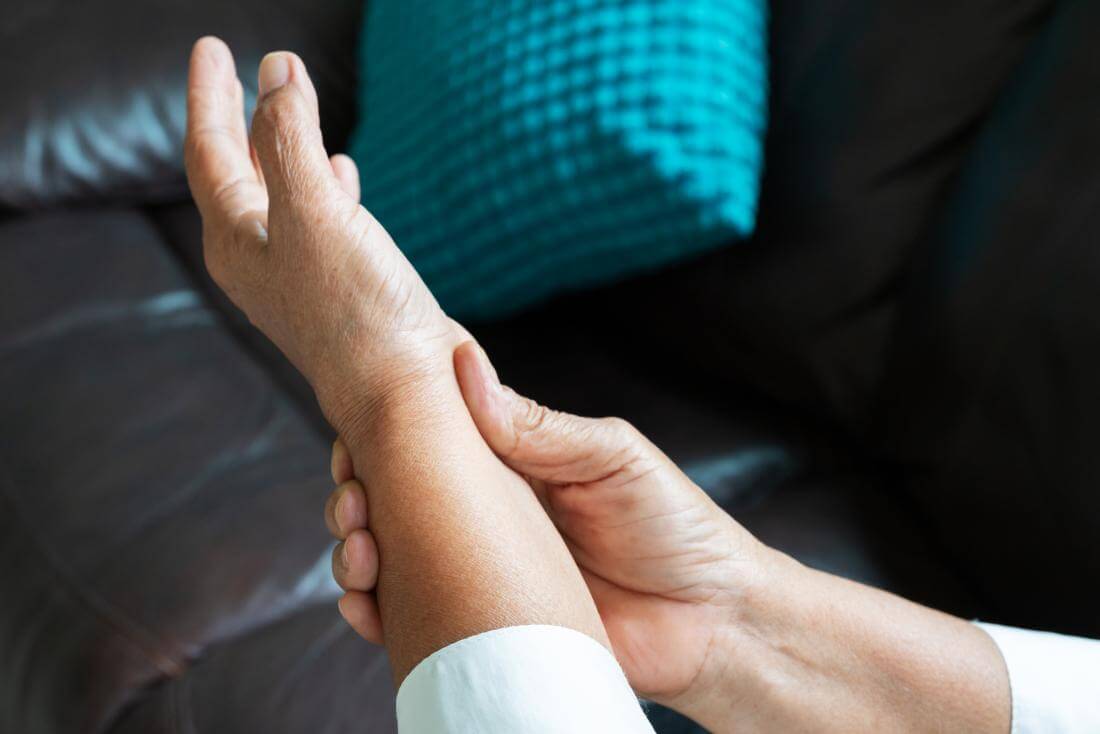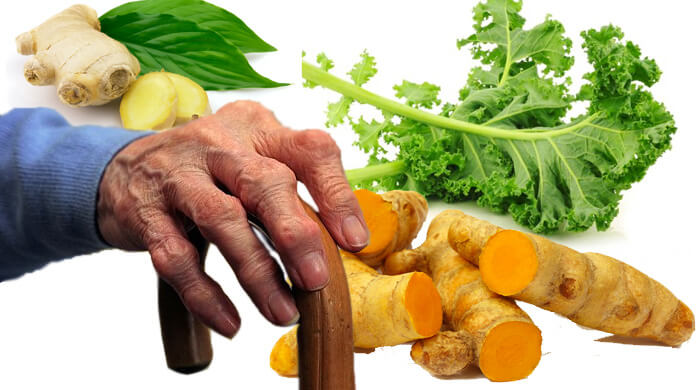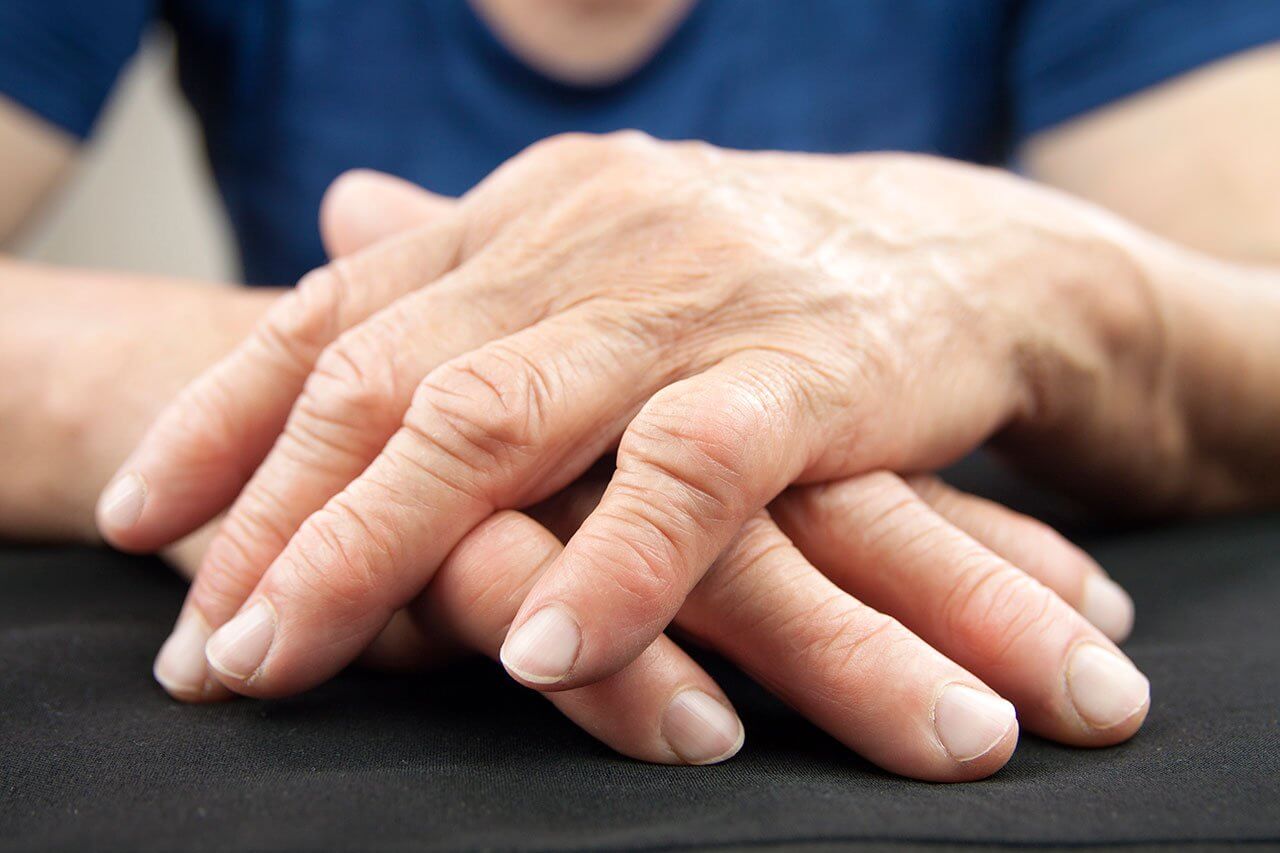Arthritis Treatment in Pune
At Vedsuman Ayurved Clinic, we have a world-class clinic and best doctor for Arthritis Treatment in Pune. Arthritis Treatment in Pune provides best ayurvedic diet plan, expert doctor’s consultation, exercise tips and many more solutions under one roof.
What Is Arthritis?
Arthritis is very common but is not well understood. Actually, “arthritis” is not a single disease; it is an informal way of referring to joint pain or joint disease. There are more than 100 different types of arthritis and related conditions. People of all ages, sexes and races can and do have arthritis, and it is the leading cause of disability in America. More than 50 million adults and 300,000 children have some type of arthritis. It is most common among women and occurs more frequently as people get older.

Common arthritis joint symptoms include swelling, pain, stiffness and decreased range of motion. Symptoms may come and go. They can be mild, moderate or severe. They may stay about the same for years, but may progress or get worse over time. Severe arthritis can result in chronic pain, inability to do daily activities and make it difficult to walk or climb stairs. Arthritis can cause permanent joint changes. These changes may be visible, such as knobby finger joints, but often the damage can only be seen on X-ray. Some types of arthritis also affect the heart, eyes, lungs, kidneys and skin as well as the joints.
Degenerative Arthritis
Osteoarthritis is the most common type of arthritis. When the cartilage – the slick, cushioning surface on the ends of bones – wears away, bone rubs against bone, causing pain, swelling and stiffness. Over time, joints can lose strength and pain may become chronic. Risk factors include excess weight, family history, age and previous injury (an anterior cruciate ligament, or ACL, tear, for example).
When the joint symptoms of osteoarthritis are mild or moderate, they can be managed by:
- balancing activity with rest
- using hot and cold therapies
- regular physical activity
- maintaining a healthy weight
- strengthening the muscles around the joint for added support
If joint symptoms are severe, causing limited mobility and affecting quality of life, some of the above management strategies may be helpful, but joint replacement may be necessary.
Osteoarthritis can prevented by staying active, maintaining a healthy weight, and avoiding injury and repetitive movements.
Inflammatory Arthritis
A healthy immune system is protective. It generates internal inflammation to get rid of infection and prevent disease. But the immune system can go awry, mistakenly attacking the joints with uncontrolled inflammation, potentially causing joint erosion and may damage internal organs, eyes and other parts of the body. Rheumatoid arthritis and psoriatic arthritis are examples of inflammatory arthritis. Researchers believe that a combination of genetics and environmental factors can trigger autoimmunity. Smoking is an example of an environmental risk factor that can trigger rheumatoid arthritis in people with certain genes.
With autoimmune and inflammatory types of arthritis, early diagnosis and aggressive treatment is critical. Slowing disease activity can help minimize or even prevent permanent joint damage. Remission is the goal and may be achieved through the use of one or more medications known as disease-modifying antirheumatic drugs (DMARDs). The goal of treatment is to reduce pain, improve function, and prevent further joint damage.
Infectious Arthritis
A bacterium, virus or fungus can enter the joint and trigger inflammation. Examples of organisms that can infect joints are salmonella and shigella (food poisoning or contamination), chlamydia and gonorrhea (sexually transmitted diseases) and hepatitis C (a blood-to-blood infection, often through shared needles or transfusions). In many cases, timely treatment with antibiotics may clear the joint infection, but sometimes the arthritis becomes chronic.
Metabolic Arthritis
Uric acid is formed as the body breaks down purines, a substance found in human cells and in many foods. Some people have high levels of uric acid because they naturally produce more than is needed or the body can’t get rid of the uric acid quickly enough. In some people the uric acid builds up and forms needle-like crystals in the joint, resulting in sudden spikes of extreme joint pain, or a gout attack. Gout can come and go in episodes or, if uric acid levels aren’t reduced, it can become chronic, causing ongoing pain and disability.
Diagnosis
Arthritis diagnosis often begins with a primary care physician, who performs a physical exam and may do blood tests and imaging scans to help determine the type of arthritis. An arthritis specialist, or rheumatologist, should be involved if the diagnosis is uncertain or if the arthritis may be inflammatory. Rheumatologists typically manage ongoing treatment for inflammatory arthritis, gout and other complicated cases. Orthopaedic surgeons do joint surgery, including joint replacements. When the arthritis affects other body systems or parts, other specialists, such as ophthalmologists, dermatologists or dentists, may also be included in the health care team.
What Can Be Done About Arthritis?
There are many things that can be done to preserve joint function, mobility and quality of life. Learning about the disease and treatment options, making time for physical activity and maintaining a healthy weight are essential. Arthritis is a commonly misunderstood disease.
Ayurvedic Treatment for Arthritis
Ayurvedic medicines are used for treatment of various medical conditions. Arthritis is the most common ailment for which people take Ayurvedic treatment. Ayurvedic treatment for arthritis can alleviate pain in people with arthritis.
According to Ayurveda, bodily pain is caused of vata dosha and is basically an air disease. So, the basis of arthritis treatment is to restore the balance of vata dosha.

Ayurvedic Remedies
Boswellia (Indian Frankinesense) and Commiphoae Mukul (guggula) in the form of capsules taken three times a day can decrease pain. In addition the herbs may help to decrease inflammation and to strengthen bones and improve flexibility. Triphala herb can help to clean the colon.
Diet modification:
Anti-vata diet should be taken. Avoid hot and spicy food, and other foodstuffs like dairy foods, potato, eggplant cabbage, cauliflower, broccoli, okra, potatoes etc. Consume plenty of fruits, fruit Juices, homemade soups, green salads and green vegetables.
Panchakarma:
Ayurvedic Panchakarma treatment gives excellent results in arthritis. It not only reduces pain, stiffness but also improves health of joints. Panchakarma reduces Vata which is reason for arthritis. Panchakarma includes Massage, Steam or hot fomentation, Basti/ Enema, local Basti/ Oil fomentation, Shashtic Shali Pindswed /Patrapottali Swed, etc.
Physical exercise and yoga:
Exercise in moderation daily, too much exercise can cause further aggravation to your arthritic condition.
Ayurvedic treatment for arthritis can help to ease your very painful condition but all of the above methods should be done in moderation that suits your needs and health.
Symptoms of Arthritis
As there are many types of arthritis, there's also a wide range of symptoms. With inflammatory arthritis there’s likely to be more swelling in your joints and more variation in the level of pain (which can't be explained simply by the level of physical activity). Other common symptoms include early morning joint stiffness, tiredness, a general feeling of being unwell, weight loss, mild fevers and skin rashes. But remember these symptoms aren’t specific to arthritis and can be caused by other illnesses.

Should you See a Doctor?
It’s common to experience aches and pains in your muscles and joints from time to time, particularly if you take part in unusual or strenuous physical activities. So how can you distinguish the early signs of arthritis from ‘normal’ pain and stiffness? And how do you know when you should see your doctor about your symptoms?
If the pain developed after a spell of unusual exercise or activity you may have just overdone it a bit, and the pain should ease within a few days. However, you should seek advice from your doctor if any of the following apply to you:
- The pain isn't linked to an injury or persists for longer than a week
- Your joint has become swollen, and isn't linked to an injury
- You also feel unwell or have a fever
- You’re unable to do your everyday tasks due to joint or muscle pain
- Your back hurts after lifting something heavy, and taking painkillers, applying heat and trying to stay active for a day or so hasn’t helped
- You experience swelling, stiffness or a painful ‘squeeze’ in your joints
The earlier you get diagnosed the better the outcome, so don't delay seeing your doctor if there's no obvious reason for the pain.



